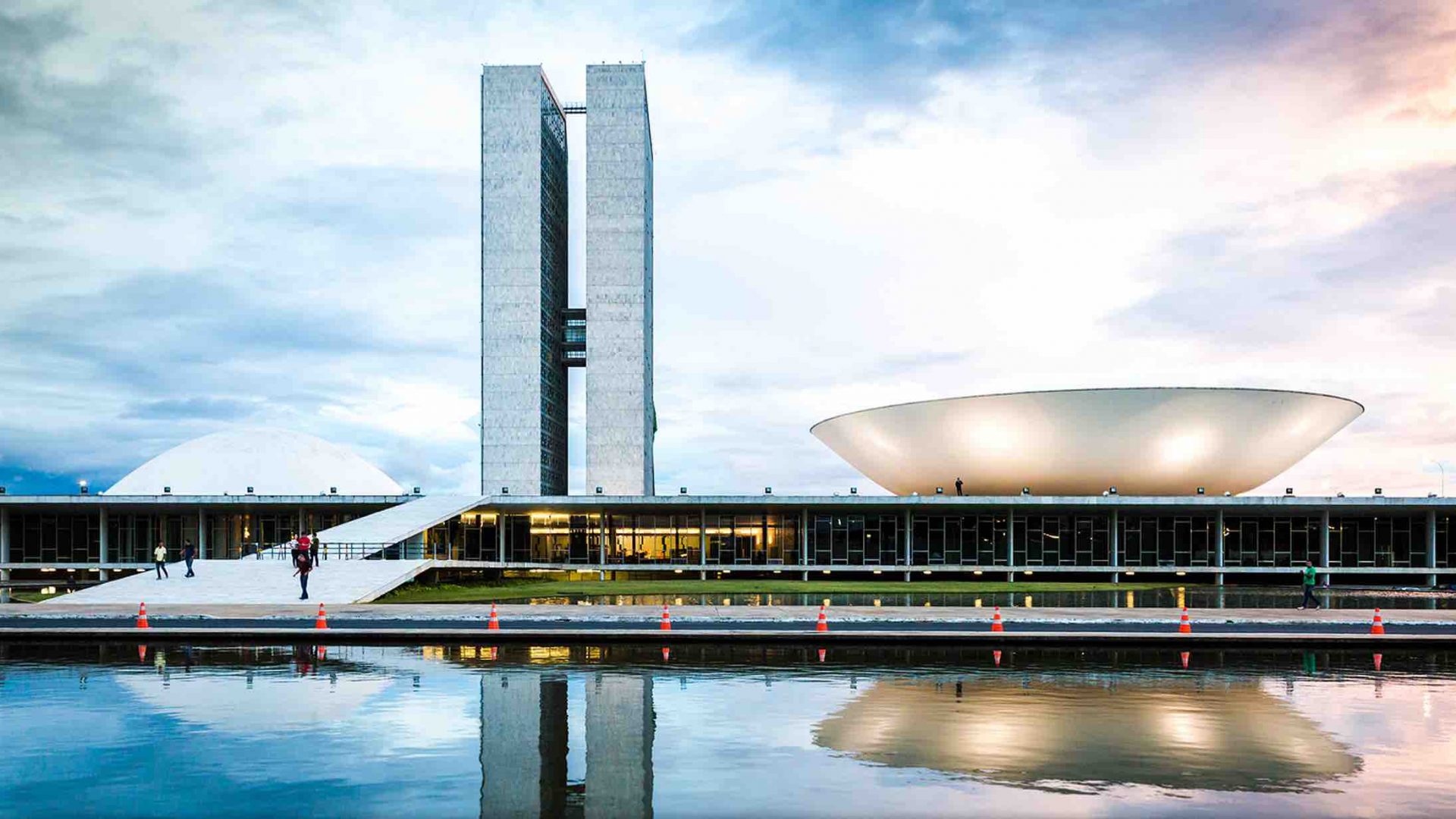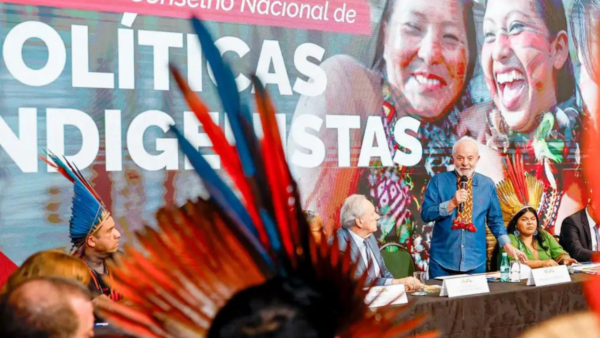Foreigners sometimes seem dazzled by the high voter turnouts in our elections – it’s above nearly all developed nations – without understanding that voting in Brazil isn’t just a right, it’s also a legal obligation.
Citizens between 18 and 70 years old, regardless if they’re living abroad, are required by law to vote (or else present a justification to the Electoral Justice System for absence). Failing to do so has serious consequences, as we can be prevented from obtaining passports, taking out loans from public banks, or even enrolling in a public educational institution.
Every two years we must go to the polls, but it’s not a straightforward process even for most Brazilians. Here’s a rundown of how our political system works:
Federal system
Like the U.S., Brazil is a federation of 26 fairly independent states and the Federal District, where its capital Brasília is located. Each state can create their own laws, as long as they don’t conflict with federal legislation. There are three levels of government: federal, state, and municipal. Each level is divided into three independent branches: executive, legislative, and judiciary.
Citizens elect their representatives for the executive and legislative branches, while judges are chosen through open competitive examinations (or political nominations, for higher courts).
Free airtime for political parties
In Brazil, political campaigns are strictly regulated – of course, that doesn’t prevent parties from stepping out of the lines. They last for 35 days, during which candidates have free airtime to spread their message. On every campaigning day, parties split 70 minutes among them, based on how many seats each party holds in Parliament (for states and municipalities, it’s about the seats in local legislatures).
Free, of course, is a figure of speech. Parties don’t pay for the airtime – taxpayers do. In exchange for the time slots, TV and radio broadcasters get hefty tax cuts. In 2018 alone, this airtime should cost taxpayers over 1 billion BRL ($319 million).
According to Contas Abertas, a non-profit organization that monitors public spending, Brazilians have already paid 7.4 billion BRL ($2.3 billion) worth of “electoral time,” or horário eleitoral, between 2002 and 2016. The money amounts to 80 percent of what broadcasters would make if they had sold that time to regular announcers.
Elections
As elections at the federal and state levels are split from elections at the city level, Brazilians end up obliged to vote every two years. For instance, municipal elections were held in 2016, while federal and state races will happen in 2018.
There’s no room for independent candidates in Brazil. To run for office, one must belong to a political party. Candidates with multiple criminal convictions also lose their right to be a part of the public administration.
Here’s how Brazilian politicians get elected – remember, the rules are pretty much the same for all levels:
1. Executive Branch
Mayors, governors, and the President are elected in an absolute majority with a run-off system. It means that if no candidate gets more than 50% of votes during the first round, the two best-voted candidates will face off to decide who gets elected. The system allows multiple parties to contend with a real shot at winning.
In mayoral races, the run-off stage can only take place in cities with more than 200,000 voters (92 of the country’s 5,570 municipalities). In smaller cities, the system is “first-past-the-post.” The head of state will serve a four-year term, and can hold office for up to two consecutive terms. After this, he or she must step down for four years before running for the same office again.
That’s why Lula, who was the head of state between 2003 and 2010, intends to run for a third term in 2018.
2. Legislative Branch
Brazil’s lawmakers are elected through a proportional system. In theory, if a party gets 20 percent of votes for city council or state or National Congress, it should get 20 percent of the seats. But Brazil’s system allows legislative coalitions. It means that multiple parties can join forces to form a “super party.”
It creates a myriad of small, unexpressive candidates with no political skills who merely parrot clichés, valued only because they could be “vote magnets.” As a result, you could vote for candidate X, and end up electing candidate Y.
This is how the political arena has launched alternate careers for decadent celebrities, former football players, and the flat-out bizarre, such as a former clown named Tiririca who won over 2 million votes in 2010, and is currently serving his second term in office. For political parties, these candidates are meant to grab the public’s attention, and even provoke a chuckle or two.
3. National Congress
The Brazilian Congress is formed by two chambers: the House and the Senate. The former is supposed to be the people’s direct representation in the government. Meanwhile, the Senate is the representation of each federative unit. That’s why each state has a number of representatives based on its population, while they all have the same number of senators: three each.
Brazil’s House of Representatives has 513 members. The number of seats per federative unit varies according to the state’s population – with a minimum of 8 and a maximum of 70 each. That creates an overrepresentation of small states, like Roraima and Amapá, with less than 1 million inhabitants each, and an underrepresentation of São Paulo – which concentrates almost a quarter of the Brazilian population.
The Senate, on the other hand, formed by 81 members (three per state). Unlike representatives, senators are voted in through a first-past-the-post system. While all other positions are occupied over four-year terms, senators are elected to serve for 8 years, due to some of their extra obligations.
Since senators are responsible for approving (or blocking) Supreme Court nominations, and trying the President in the case of an impeachment process, they are granted a longer term, in order to give more stability to the institution.
Every four years, part of the Senate is renewed. In 2018, Brazilians will vote to fill two-thirds of the Senate, with each state electing two.










 Search
Search






































